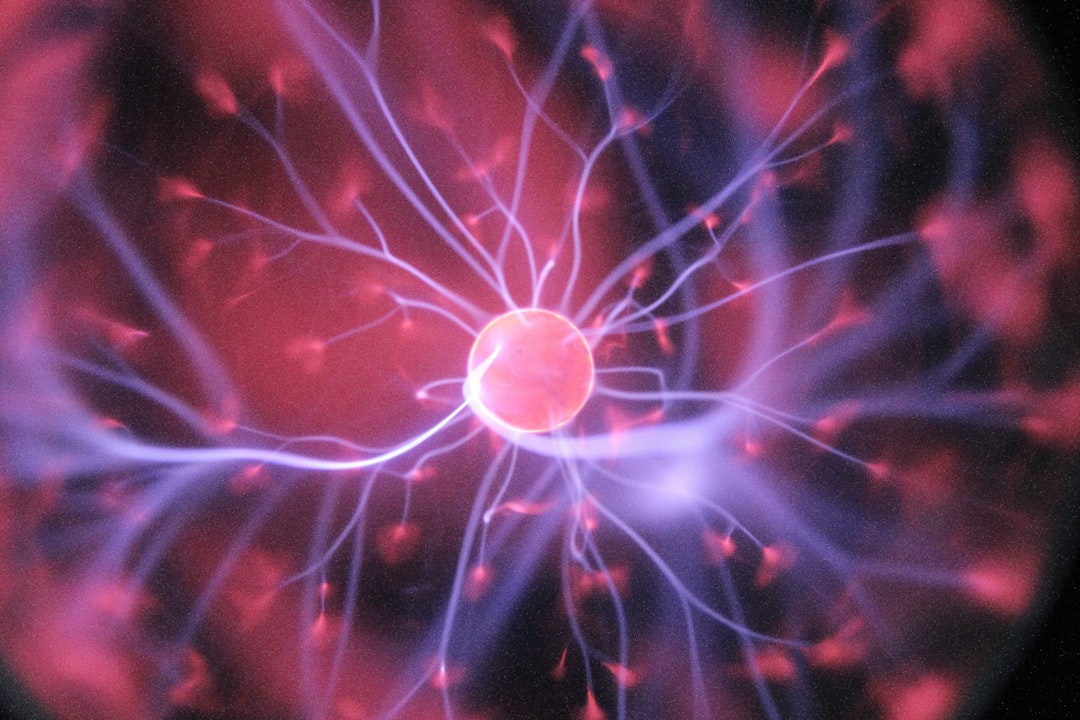What is it about?
In this study the vortex structures that appear in the sea bed boundary layer of both periodic and solitary waves have been analyzed by numerical simulations. It is found that their appearance is a consequence of the flow instability induced by boundary imperfections, due for example to the roughness, which are always present both in the field and in laboratory experiments. The simulations show that the boundary layer response to wall imperfections can be important, especially in the case of solitary waves. The vortex structure thus generated interact with the wall giving rise to spatial variations of the wall shear stress. In the case of a solitary wave these variations can be large and cause a reversal of the wall shear stress.
Featured Image
Why is it important?
Sea waves propagating over a finite depth give rise to a thin boundary layer at the bottom. The interest in this region is due to several phenomena that take place within it. It is the region where wave energy dissipation and mixing of mass take place. Moreover, under nonbreaking waves, the dynamic processes which lead to the transport of sediment lying on the bottom all occur within the boundary layer.The vortex structures generated in the boundary layer affect these processes thus having an impact on wave energy dissipation and mixing. This study examines the vortex structures generated by the instability of the boundary layer of both periodic and solitary waves. The study is carried out numerically and the results are compared with those of previous experimental measurements and flow visualizations.
Read the Original
This page is a summary of: Two-dimensional vortex structures in the bottom boundary layer of progressive and solitary waves, Journal of Fluid Mechanics, July 2013, Cambridge University Press,
DOI: 10.1017/jfm.2013.274.
You can read the full text:
Contributors
The following have contributed to this page










